Column
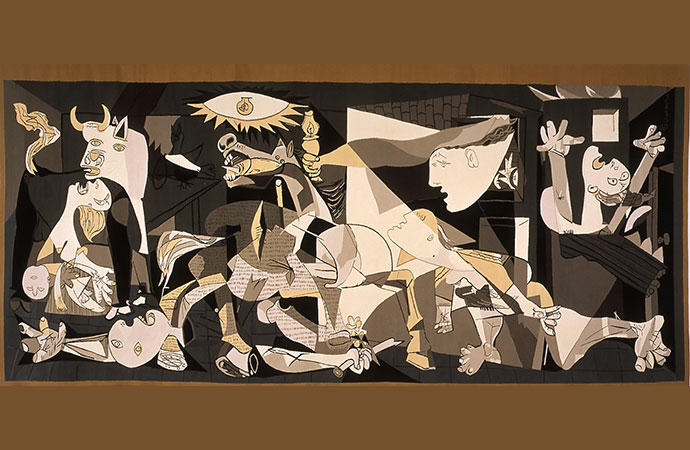
Pablo Picasso’s ‘Guernica’. Image: Collected
There is a celebrated saying by Pablo Picasso to the effect that art is a lie which tells the truth. The reality of that paradox struck me when I came across a Youtube video in which a child living in an orphanage draws his mother's outlines in chalk on the ground, large enough for him to lie down and go to sleep in her extended and yet protective arms. His "lying" piece of artwork - for art is a lie - tells the umbilical truth about a mother-child relationship: It is indivisible. One cannot say that this part of the relationship belongs to the mother and that part to the child. The child is born of the mother, and the mother lives on in the child. The mother's womb turns into her lap after the child is born. When the mother does not exist any longer, the child's creative imagination takes over and "maternalises" the world, so to say, through the inexhaustible agency of art.
I cannot vouch for the authenticity of the video: Perhaps an adult drew the mother's figure in chalk and got the child to lie down within it in order to make an aesthetic point. However, should even that be the case, the adult's lie still tells the truth about maternity and childhood. The truth is what matters: How one gets to it might well involve a lie or many lies. Those are but detours and do not matter. Truth can be reached through verisimilitude as much as it can through factual retelling. So long as we can approach truth as our destination, the path is merely a convenience. Ends do not justify means in politics, but they do so in art. That is why art is a fundamental condition of human existence whereas the forms and rituals of politics come and go with coquettish times.
There is, of course, the conceit of the Renaissance state (which originated in Italy) as being a work of art, although that metaphor was advanced by the Swiss historian Jacob Burckhardt only in the 19th century. The conceit argues that the Renaissance state was a political creation enabled by deliberate human imagination, effort and design in an intellectual realm where rulers, like artists, shaped their domain through ambition and competition. Yes, but the Renaissance state as a work of art hunted down its dissenters in a way that art as a state of the mind never chases after even its most visceral enemies.
Renaissance state dissenters, whether individuals or groups who challenged the political and religious status quo, were treated as enemies of a people produced by the state to protect and promote religious orthodoxy. The questioners included religious nonconformists such as Puritans and English Dissenters, as well as those who challenged established philosophical or scientific doctrines. The Italian astronomer, physicist and engineer Galileo Galilei was famously tried by the Catholic Inquisition for heresy because his scientific evidence for heliocentrism, the theory that the Earth revolves around the sun, contradicted the Church's scripturally-derived geocentric view, which placed the Earth at the centre of the universe. Galileo escaped the punishment of torture by recanting. That strategic retreat served him well. He lived, and his ideas lived on after him to become scientific common sense today. The Church has long reconciled itself to his views. Yesterday's heresy has become today's rationality.
The lying truth of art is derived from the reality that art wields no temporal or divine power: Art can be loved or dismissed at will without anyone inviting the threat of it sending its believers to Heaven or consigning its doubters to Hell. Yes, art can hurt sentiments, but the way to countermand that hurt is to ignore it. Art speaks the truth through lies: If it lies to lie, laugh it away. Done.
The problem occurs when art is invested, completely against its will and intention, with attributes for which it takes no responsibility. The chief three suspect attributes are society, politics and morality. Art has no social purpose except in the broadest sense of engaging humans who form societies. Art has no political purpose except for intervening in the power relations that constitute politics. Art has no moral purpose whatsoever. If it offends anyone's moral sense, then that person is free to graduate to a better moral sense or to ignore art - but not to destroy it.
I have stood in front of Michaelangelo's statue of David in Florence, home to the inexhaustible Uffizi Gallery, and wondered at that marble representation of Man - a creature that Shakespeare defined like a lover in Hamlet: "What a piece of work is a man! how noble in reason!/ how infinite in faculty! in form and moving how/ express and admirable! in action how like an angel!/ in apprehension how like a god! the beauty of the/ world! the paragon of animals! And yet, to me,/ what is this quintessence of dust?" If someone is scandalised by the artistic representation of nudes, he should ask himself how he himself was conceived except through the frenetic exertions of two nudes who were roused sufficiently to extend the lifespan of the human race with what turned out to be his (unfortunate) birth.
Art remains a lie just as Hamlet's Man remains "this quintessence of dust". Yet, just as dust can dream of immortality, so can art of truth. Art has to lie its way there, as I said earlier, but the destination is clear.
These ideas will become even more important as we approach our fate in a post-human society. Artificial Intelligence, particularly in its Generative form, will re-form the known contours of material existence and imaginative recognition by superceding our existing sense of ourselves with an imputed and imposed idea of what humans are capable of technologically. Ends and means will coincide in an art laid by the human wayside. There will be no truth because there will be no lie. Picasso's Guernica may not raise an existential fire alarm in sleeping humans any more.
Anything is possible. Meanwhile, though, art keeps us alive because, while it pretends to be itself, it is really us. It is a clever lie that forces us to face our pedestrian truth: We are humans, the unquiet quintessence of dust settling on an ending world.
The writer is Principal Research Fellow of the Cosmos Foundation. He may be reached at epaaropaar@gmail.com






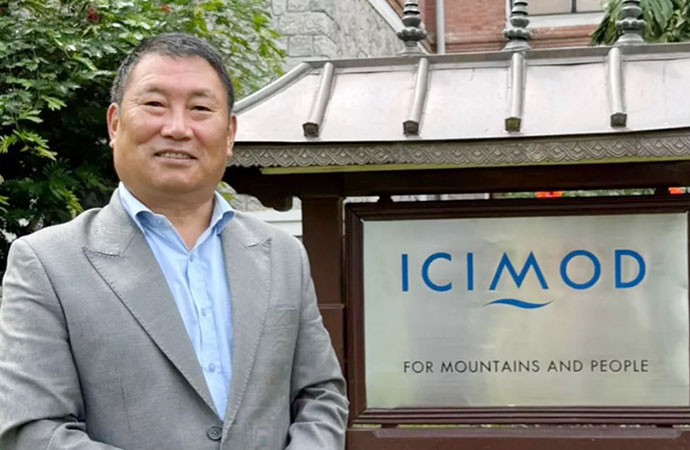
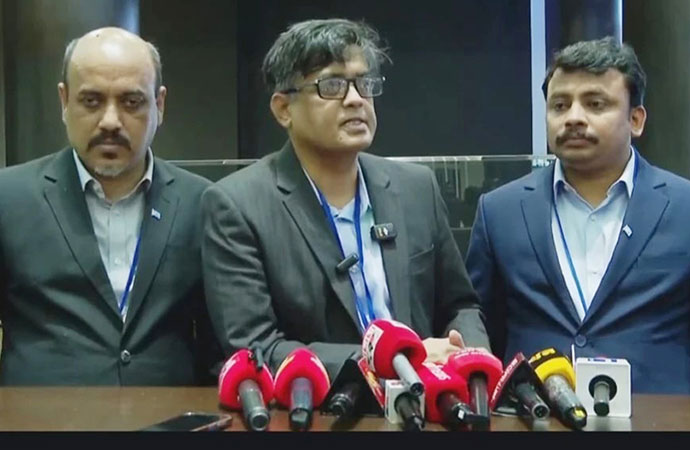
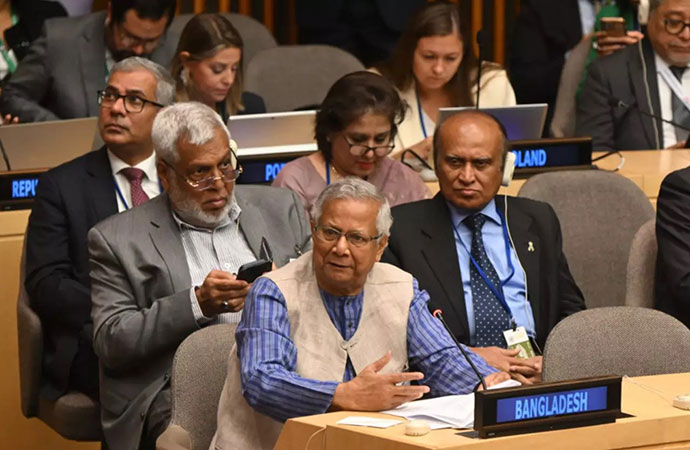
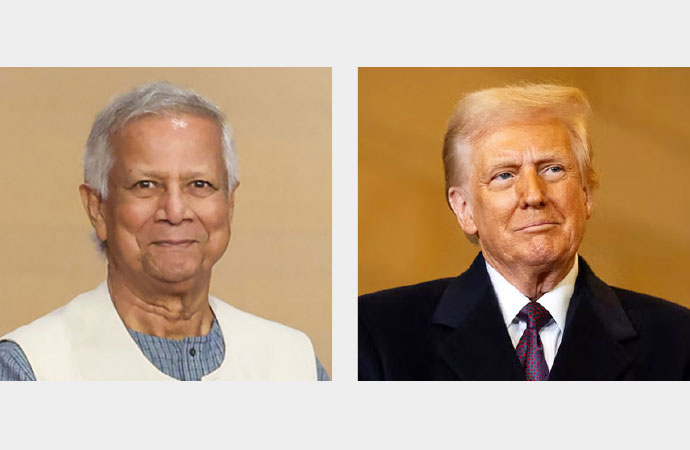
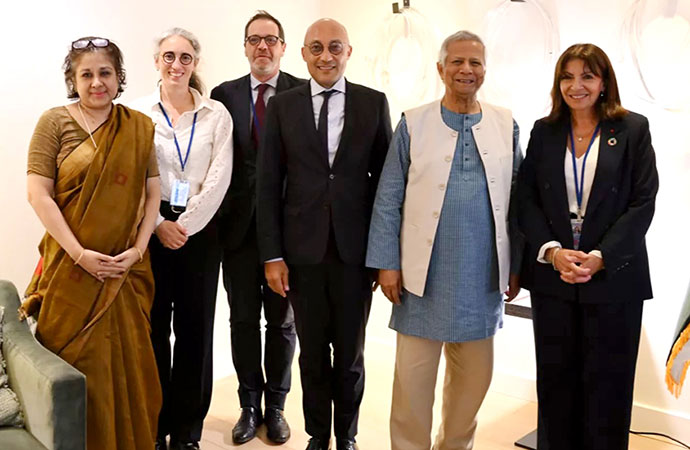

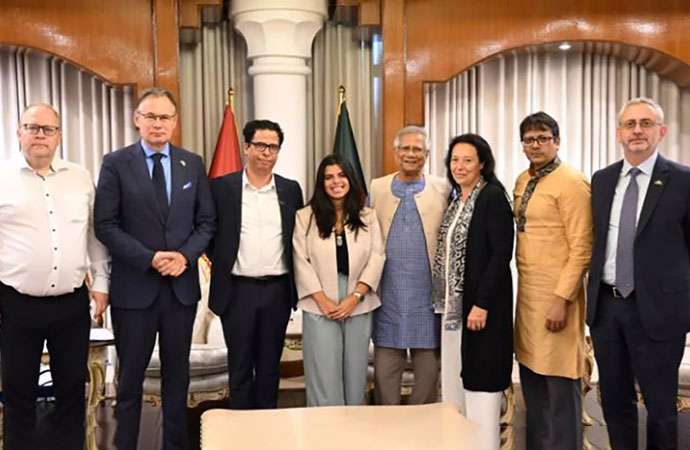
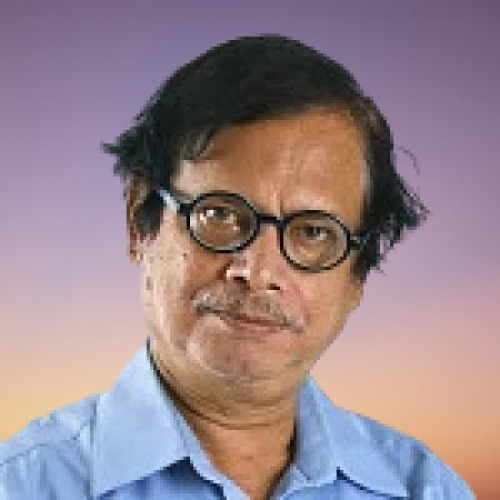


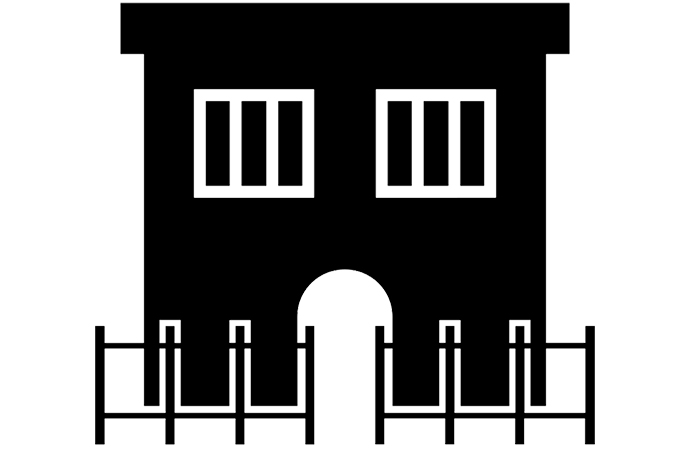

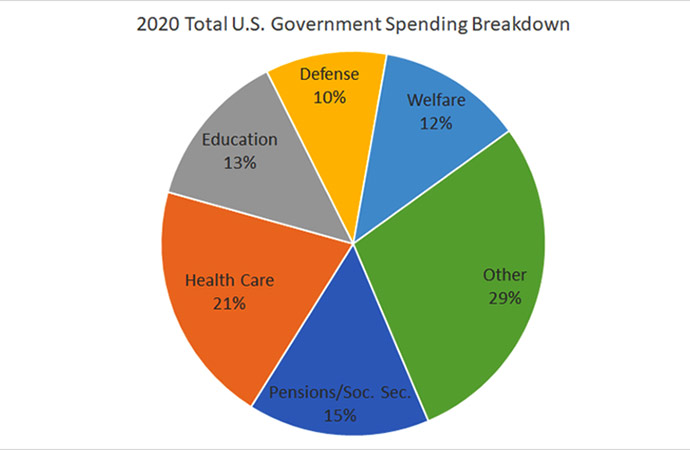
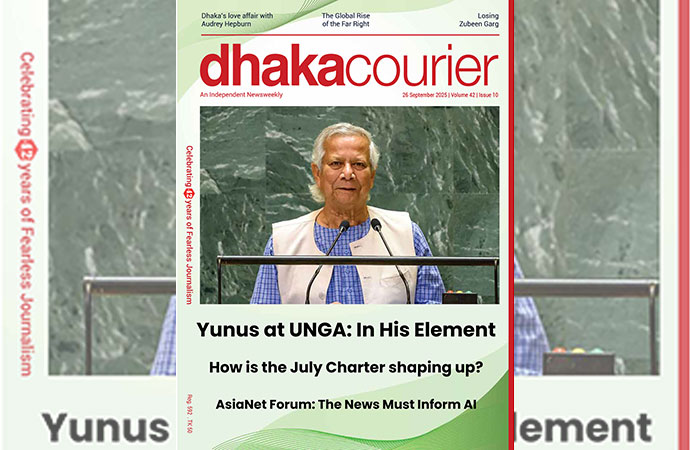

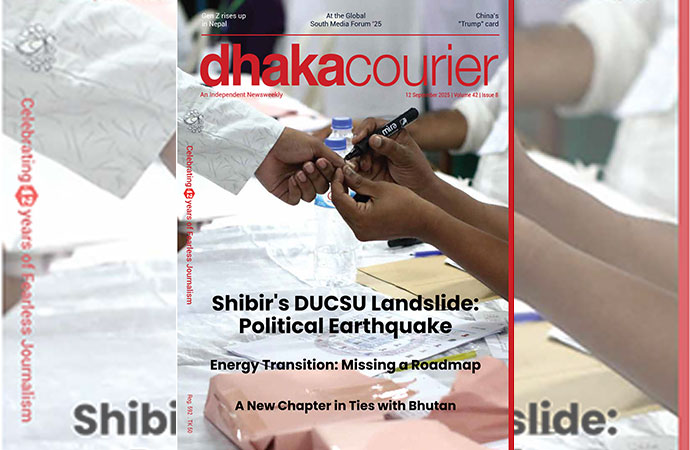
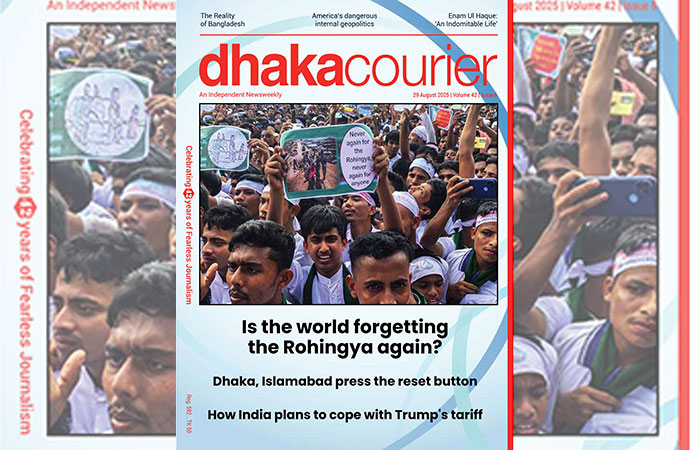

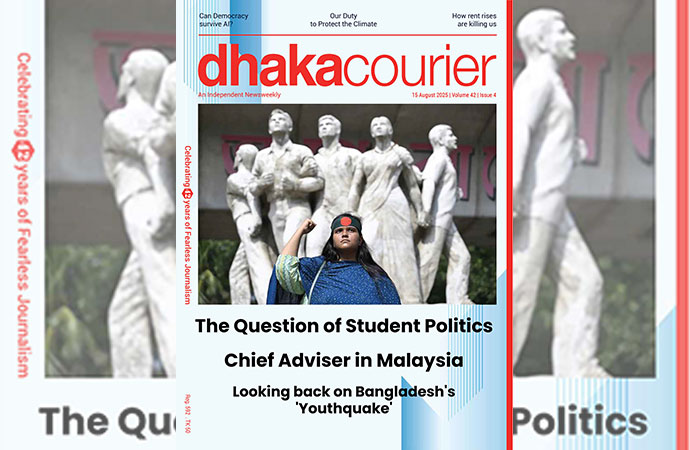
Leave a Comment
Recent Posts
Religion and Politics: A Toxic ...
At Dhaka University, cafeteria workers have been told not to wear shor ...
Enayetullah Khan joins AsiaNet ...
AsiaNet’s annual board meeting and forum was held in Singapore, ...
In a New York minute
Many leaders back a UN call to address challenges to ..
Defaulted loans at Non-Bank Financial Institutions ( ..
How the late Zubeen Garg embodied cultural affinitie ..